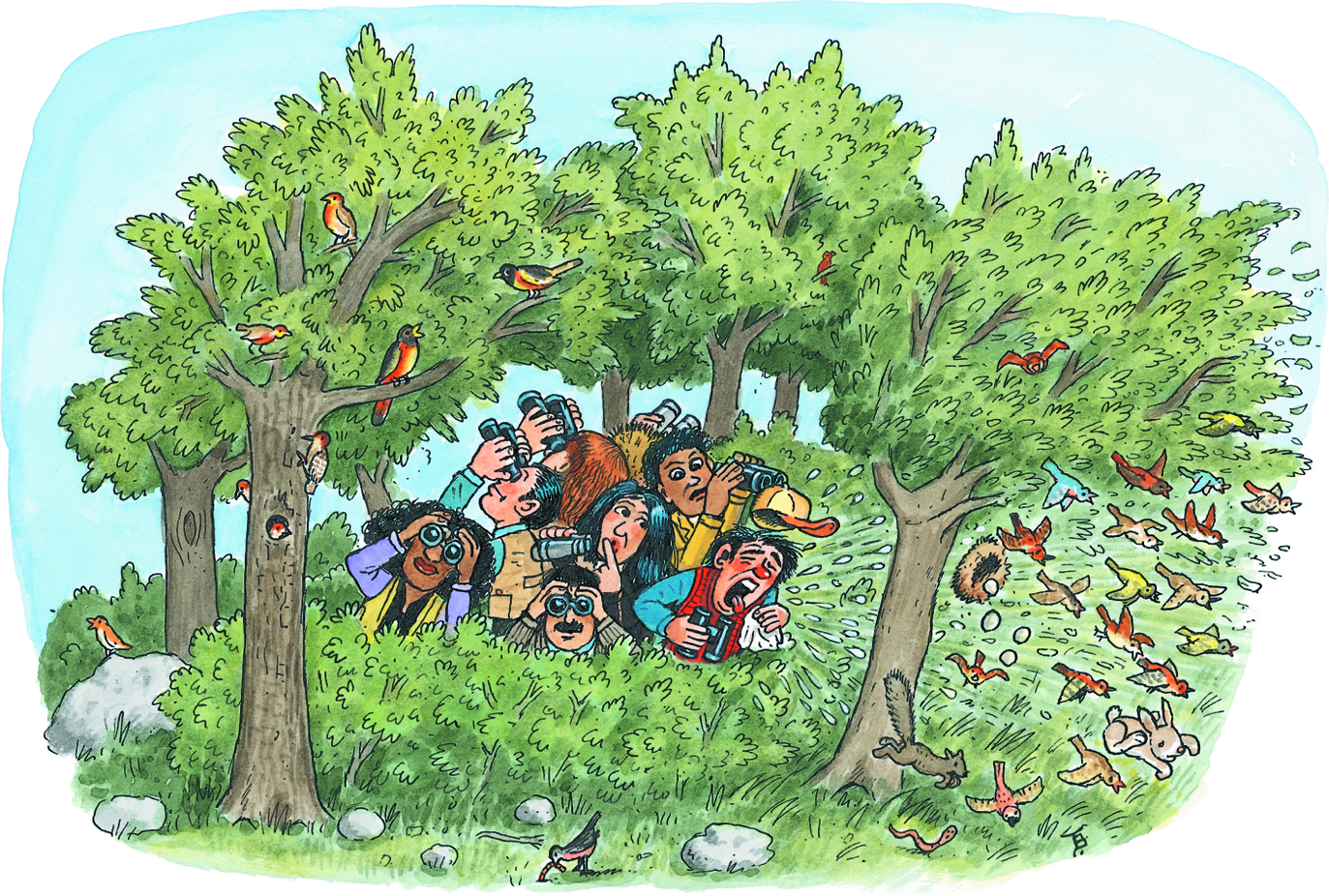
Overview
In this section you will find materials that support the implementation of EarthComm, Section 1: What are Minerals?
Learning Outcomes
- Carry out an investigation that examines the crystal shapes of common substances.
- Carry out an investigation that determines the most useful properties for describing and identifying different minerals.
- Plan and carry out an investigation in which a variety of mineral specimens are identified according to their physical properties.
- Obtain information about how the arrangement of atoms in minerals affects their physical properties.
Inquiring Further
- To learn more about mineral groups and the environments in which they form, visit the following web sites:
Minerals, NESTA Windows to the Universe
Describes how minerals are divided into different groups based on their chemistry. Written in English and Spanish.
Mineral Forming Environments, American Museum of Natural History
Examine images of minerals from exhibits of eight different environments where minerals form. Explains which minerals form in specific environments.
Mineral Groups, Mineralogical Society of America
Outlines the seven major chemical groups and also several minor ones. This site considers the chemisty behind the crystal structure groups and has excellent images.
Periodic Table, Los Alamos National Laboratory
Provides a refresher on the periodic table of elements including the history and properties of each element.
- To learn more about the minerals and elements that make up Earth’s crust, visit the following web sites:
Minerals Close-up, USGS
Provides an overview of the most common minerals you'll find in rocks.
Overview of Geologic Fundamentals, USGS
In-depth description of rocks and the rocky cycle, minerals, and elements that make up Earth’s crust.
To learn more about metallic and nonmetallic mineral resources, visit the following web site:
Minerals by Chemical Composition, Mineralogy Database
Displays a periodic table. Use the search function to find minerals with selected percentages of different elements. Click on the element of interest to open a page that lists all of the minerals that contain that element, sorted by element percent.
Do We Take Minerals for Granted?, USGS
Overview of the products manufactured from mineral resources.
Resources
To learn more about this topic, visit the following web sites:
Types of Minerals
Minerals by Name, The Mineral Gallery
Includes full color images of different minerals along with a description of the physical properties, history of discovery, and more about each mineral.
What is a Mineral?, NESTA Windows to the Universe
Provides a definition for a mineral. Click on the different links to learn about the different mineral types, how minerals are formed, and the physical properties of minerals.
Minerals by Physical and Optical Properties, Mineral Database
Minerals are listed according to hardness, streak, luster, density, and cleavage and fracture. Click on the property to view a mineral list. You can then click on individual minerals to view more information and images.
The Chemistry and Structure of Minerals
Minerals, Volcano World
Gives a brief overview of minerals. Includes illustrations to show some of the basic atomic arrangements of different minerals. Also explains how atomic arrangement influences the properties of a mineral.
Minerals by Chemical Composition, Mineralogy Database
Displays a periodic table. Use the search function to find minerals with selected percentages of different elements. Click on the element of interest to open a page that lists all of the minerals that contain that element, sorted by element percent.
Mineral Structure Data, University of Colorado
Lists the different crystal structures of minerals. Click on link to open a new page that uses a drawing to show the arrangement of atoms in each structure.
